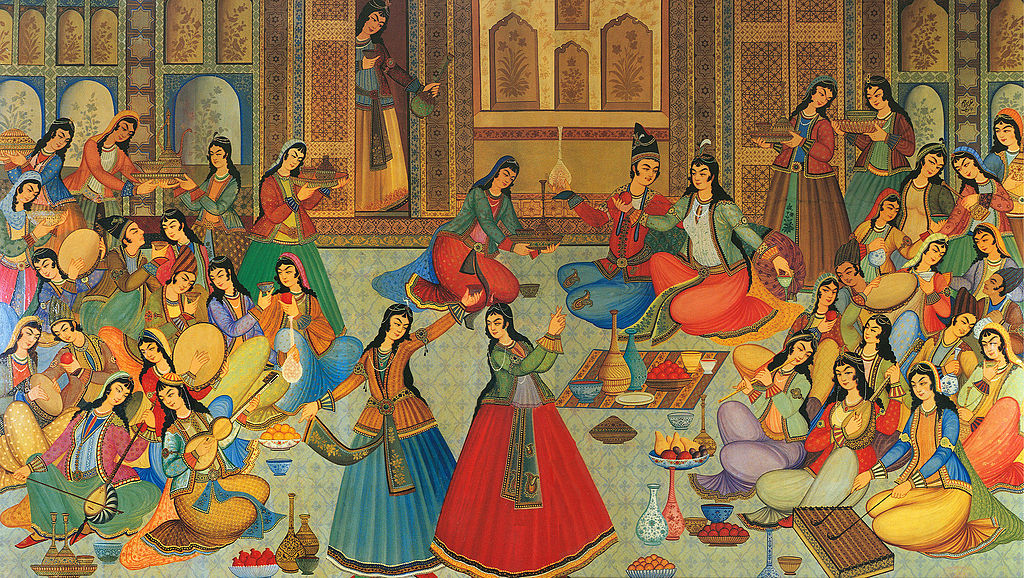
Yalda Night Ceremony

The painting illustrates the traditional Persian gathering.Photo credit:ISNA
Imagine this: It is a cold winter night; you are sitting with your friends or family around a table full of delicious snacks. Everything is cozy and lovely; you recount memories and tell jokes. Finally, it is time to take turns reading lyric poetry and make their Yalda night wishes. No one says no to such a wonderful night, right? This is how Persians celebrate the Yalda night, the last night of autumn in the Persian calendar, which is also the longest night of the year.

The painting illustrates the traditional Persian gathering (Bazm).Artist: Ibrahim Jabbar-Beik (1923-2002)
Yalda, A Ceremony as Old as History
Celebrating the Yalda night is one of the oldest rituals of Persian culture. For thousands of years Persian people, the royals, and the peasants alike have celebrated this night.
Back in the day when the majority of people living in Iran’s Plateau were living in an agricultural society, their lives revolved around the passage of seasons and the movement of the sun.
With the arrival of winter, it was time to hang the farming tools, take rest, and get ready for a new year, a new beginning. The word “Yalda” itself means birth and creation. It is the celebration of the last day of autumn and the first night of winter.
{Remember that the Persian calendar is ‘Shamsi’ (Solar) and is worked out on the basis of the position of the sun and the arrival of seasons. Therefore, it either corresponds to December 20, or 21 in Gregorian calendar}.

The Items of Yalda table for celebrating Yalda night
Yalda and the Manichean Duality: Good vs. Evil
But what made people celebrate the winter solstice or the longest night of the year?
Some people believe that it all goes back to Mani and Zoroaster, two Persian prophets. In their beliefs, the forces of this world are either good or evil. The good, ‘Ahuramazda’, represented by warmth and light, and the evil ‘Ahriman’, represented by coldness and darkness, are eternally in the struggle with each other.
Thus, the longest night of the year is when the evil forces, Ahriman, are at their strongest. Sun is going to be born soon and give birth to a new year, and Ahriman wants to stop it. People stayed awake, lit fires, party, and eat fresh fruits to ward off the evil.
So, comes the first day of winter, the days start to grow longer and the nights become shorter.
Yalda is More than Just a Night
The Yalda night ceremony is admired and revered among Iranians. Although there might be nuances as to how each area of Iran and each ethnic community enjoys this night, they all are united in honoring this ancient tradition.
What is more, Yalda night has influenced many aspects of Iranian art and culture. Not only Yalda has become a popular name for girls, but many also choose this night to mark the major events of their lives (getting married for example). Many Iranian artists and poets have aspired to capture the feeling and image of the Yalda night ceremony. Similarly, fashion and jewelry designers have incorporated the elements of Yalda night (especially the symbolic pomegranate fruit or calligraphic Ghazal poems) into their artistic creations.
Pomegranate earrings from Yalda Night Collection.AFRA ART GALLERY |
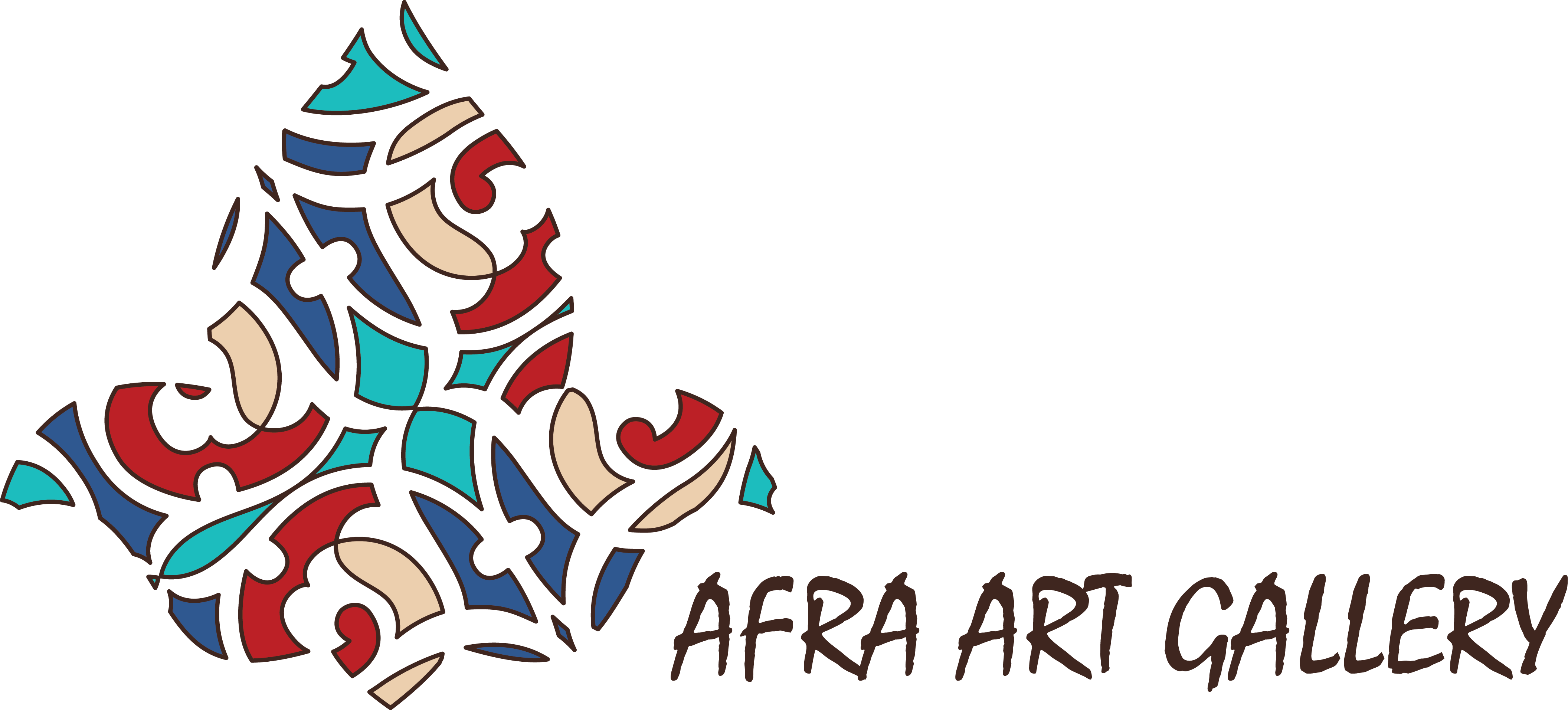
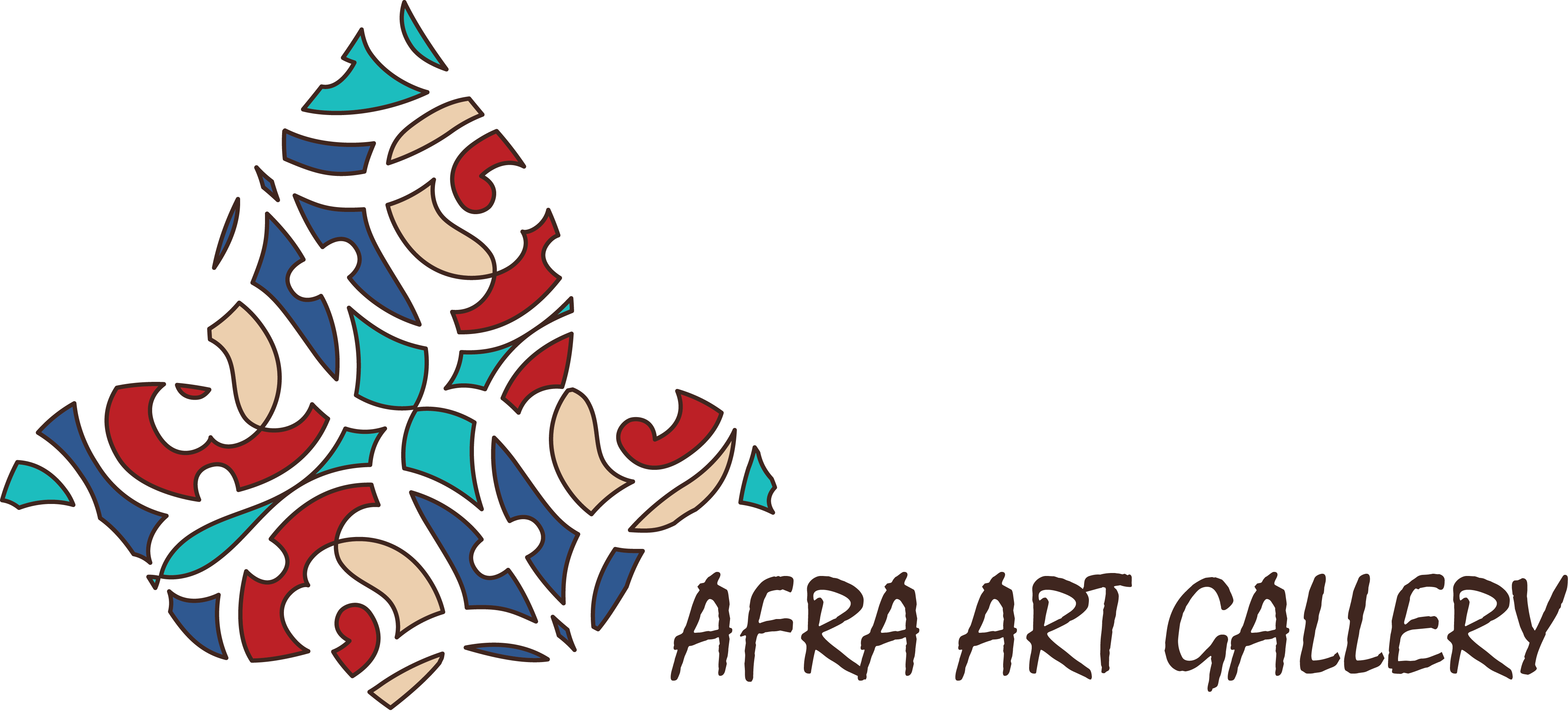

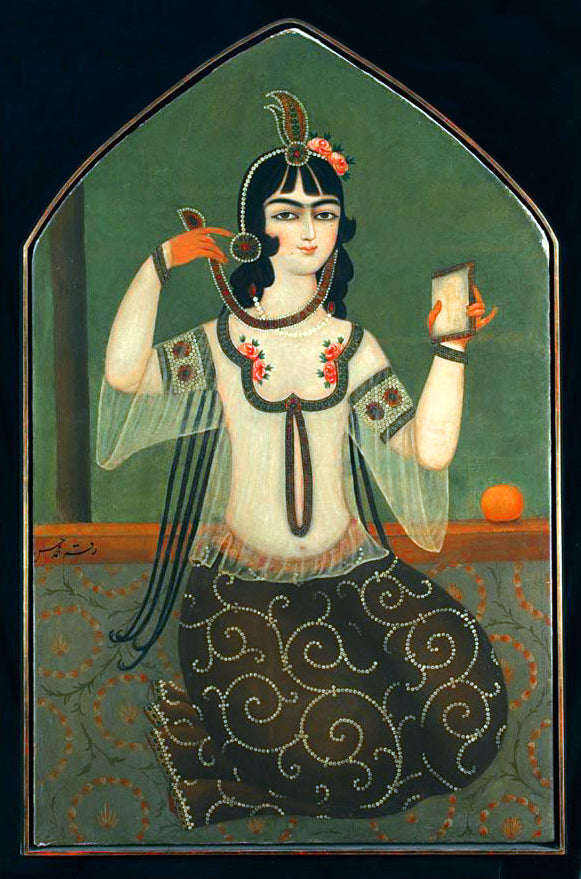
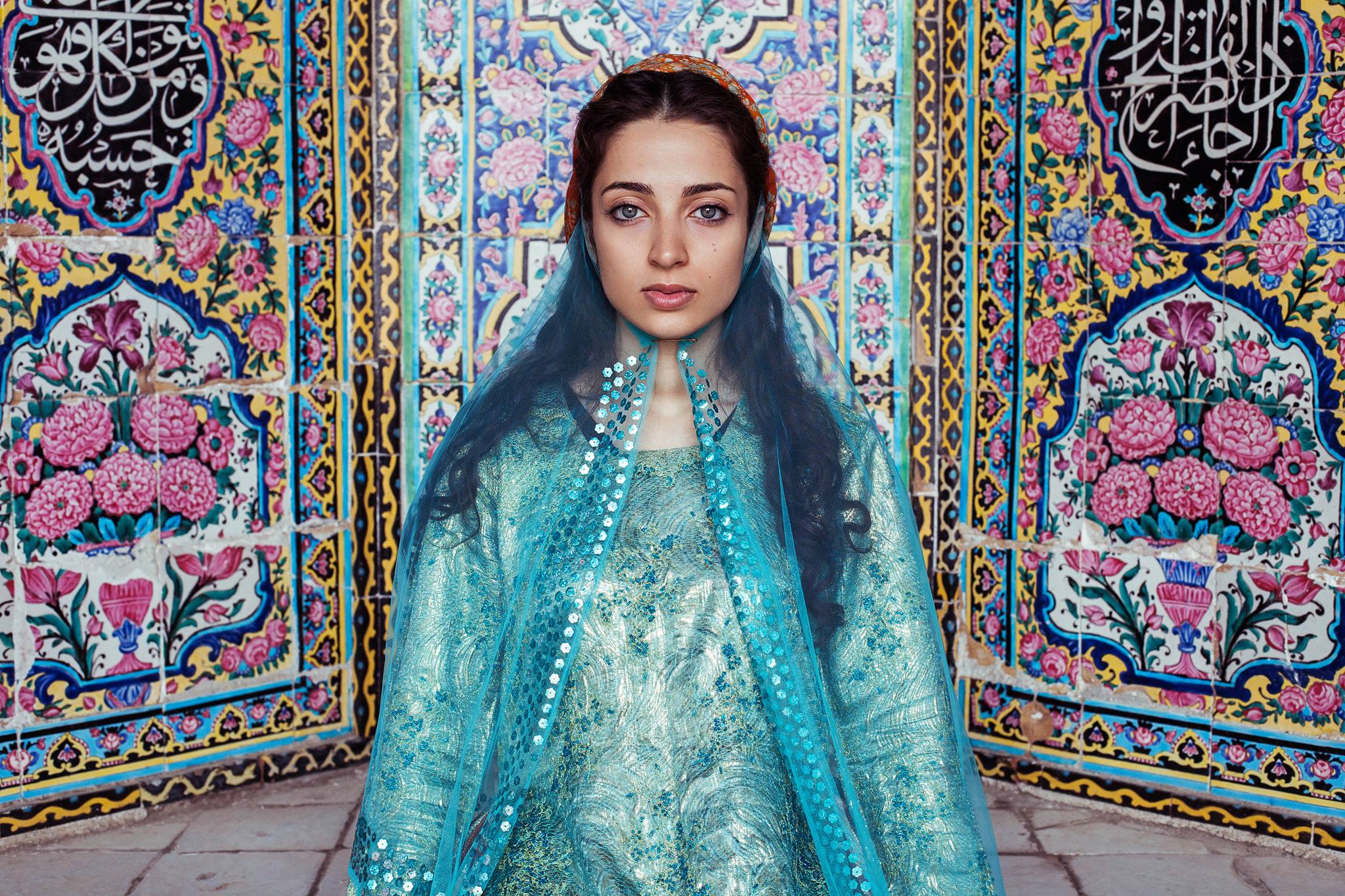
Leave a comment
This site is protected by hCaptcha and the hCaptcha Privacy Policy and Terms of Service apply.